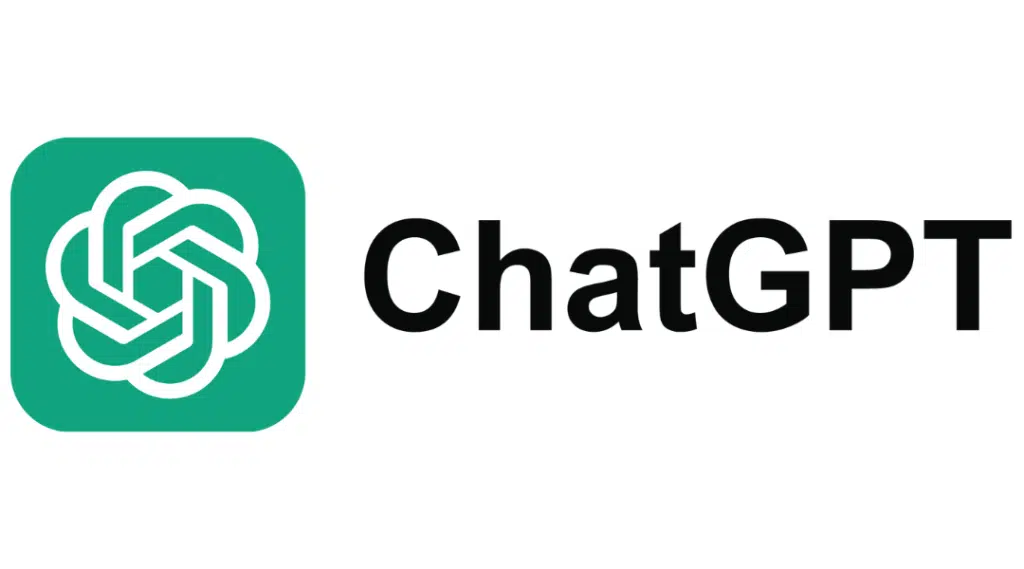Posted On 24 Jul 2025
ChatGPT is an advanced language model developed by OpenAI that has transformed the way people interact with artificial intelligence. Built on cutting-edge deep learning architecture, ChatGPT can generate humanlike text in response to a wide range of prompts. From casual conversations and brainstorming sessions to composing essays and writing code, it has become a go-to companion for users seeking instant and intelligent assistance.
At the heart of ChatGPT’s success lies its ability to understand context and produce coherent, contextually appropriate responses. It was trained on a vast corpus of text from books, articles, and websites, enabling it to capture the nuances of language, tone, and meaning. This allows ChatGPT to write in a variety of styles—be it professional, playful, formal, or informal—and tailor its responses to user preferences.
Since its public debut, ChatGPT has found applications in education, customer service, entertainment, and productivity. Students use it to clarify complex topics or generate study materials, while professionals lean on it to draft emails, summarize meetings, or explore ideas. Its versatility has made it a staple in many digital toolkits.
However, like any technology, ChatGPT isn’t without its limitations. It may occasionally produce incorrect or misleading information and struggles with tasks that require deep reasoning or up-to-date knowledge. It also lacks consciousness or genuine understanding, instead mimicking human language based on patterns in data.
Despite these boundaries, ChatGPT represents a major leap forward in AI communication. It has opened doors to new forms of collaboration between humans and machines, making information more accessible and creativity more dynamic.
As conversational AI continues to evolve, tools like ChatGPT will likely become more refined, intuitive, and powerful—raising exciting questions about the future of human-computer interaction.









